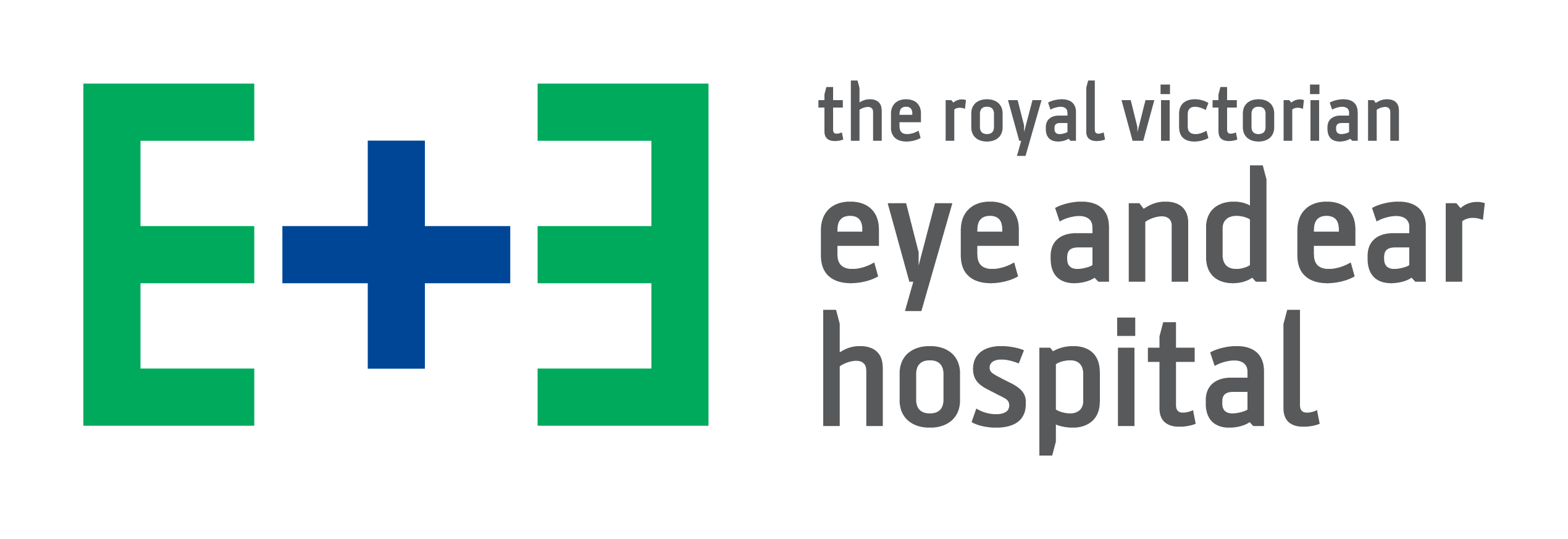All research involving the Eye and Ear Hospital must be conducted in compliance with the National Statement on Ethical Conduct in Human Research and the Australian Code for the Responsible Conduct of Research, and requires:
1. Ethical approval from a Human Research Ethics Committee (HREC); and
2. Research Governance Authorisation from the Eye and Ear Hospital
There are several options and combinations for ethical approval and research governance authorisation at the Eye and Ear contingent upon the involvement of the hospital. Please refer to the ‘Determining Ethical Review Pathway’ and ‘Quality Assurance and Case Reports’ sections below for further information.
It is recommended that contact be made with the Eye and Ear Research Office early to discuss potential new projects to discuss whether the project is research or quality assurance to facilitate identifying the options for HREC review and Research Governance Authorisation for the specific project.
